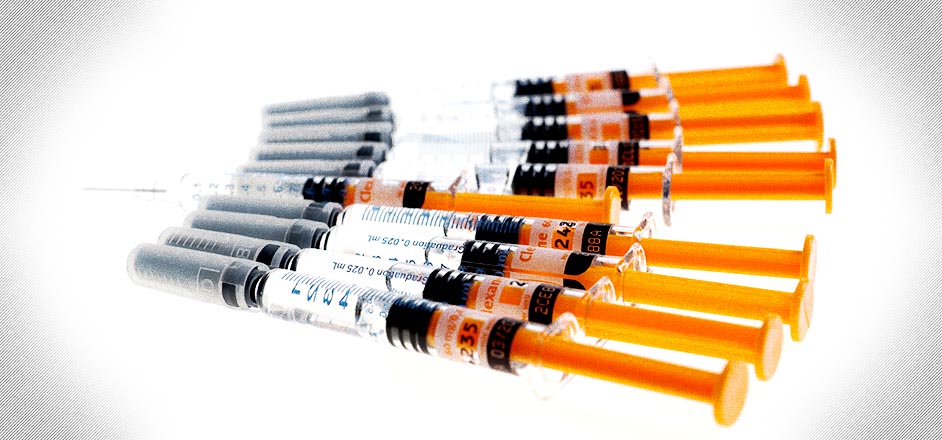The authorities are putting drug users in little rooms.
But these rooms aren't jail cells: they supervised injections sites.
From Vancouver, Canada to Victoria, Australia, addicts can bring drugs to the site and do them in peace. There are free needles, tourniquets and alcohol swabs for safe injection. There are more than 100 worldwide.
In North America, Canada is leading this trend. There are 22 injection sites in the country; years ago, there was only one.
Seattle and San Francisco are working toward becoming the first such sites in America. In Denver, where the drug epidemic kills someone every 9 hours and 36 minutes, the city is looking to become the first city outside the West Coast to provide one, too.
They aren't pleasure palaces. They tend to look more like clinics than living rooms. First responders stand by with naloxone — the antidote to heroin — and watch folks nod off.
Our relationship to drug-doers is changing. We're not trying to stop them from shooting up anymore. We're trying to help them do it better.
In fact, Ottowa is going a step further, the Canadian Broadcasting Corporation reported. Health workers have been handing out the drugs.
The addicts come in with dirty drugs — a lot of them jammed full of fentanyl, not pure heroin. Fentanyl is heroin's uglier, hairier cousin, a painkiller so cheap it's everywhere and so strong a pinch could kill an elephant. Greedy dealers pass "fent" off as "horse," pocket the profits, and the users end up in body bags.
When the workers at Ottawa's supervised injection sites found the nasty bunk, they took the fentanyl and gave out Dilaudid, another opioid painkiller. It's also powerful, addictive and deadly, but the workers control the dose. Addicts know what kind of poison they're getting. "What we're struggling to do, is just keep people alive," Dr. Jeff Turnbull, the chief physician for Ottawa Inner City Health, which provides healthcare to the homeless, and is behind giving out the dilaudid, told the CBC News.
Handing out drugs to drug addicts may seem shocking. It's been happening at least since 1994. The Swiss started giving out heroin to addicts who couldn't shake it. Today, a half-dozen countries, mostly northern European, give out heroin.
It's not so different from what's happening now.
Addicts get opioids from nearly every hospital, clinic and doctor's office, only in a clandestine way. With an exaggerated groan, they limp into an emergency room or the ambulance complaining about a stomach ache that may or may not actually exist and beg for dilaudid. They're not lying, exactly — addiction is a kind of pain. And the doctors, nurses and paramedics, who didn't go into health care so they could watch people suffer, hand over the prescriptions. In this form, it looks like a favorite teacher handing out a bathroom pass, even though she knows you're probably faking it. When it's more like a pill mill, where doctors and nurses hand out pills to anyone who asks, doctors look like drug dealers, just better dressed.
In the Ottawa case, it's a more open, honest exchange. Users want to get high. Doctors don't want them to die gettin' high.
Is this the way forward? Tough to say.
Neighbors don't love these sites. Commenters on stories about them are angry: "What a waste of our tax dollars," one wrote on a story in the Ottawa Citizen. "Want to shoot up fine but do it on your dime not mine."
But drug addiction is like a hole. Usually, users fall in accidentally. Climbing out depends a lot on what the people at the top are doing.
When a society opens supervised injection sites, or even hands out the dope itself, is that offering addicts a hand? Or is that kicking more sand on top?
In the long run, it seems to work. Users have a steady supply of opioids, which frees up time to find a job and get treatment. The countries that regularly give out heroin use far fewer opioids per capita than America.
The users say it's a hand up. As one Ottawa junkie was quoted as saying: "It makes you feel like you're not alone."




Leave a Reply